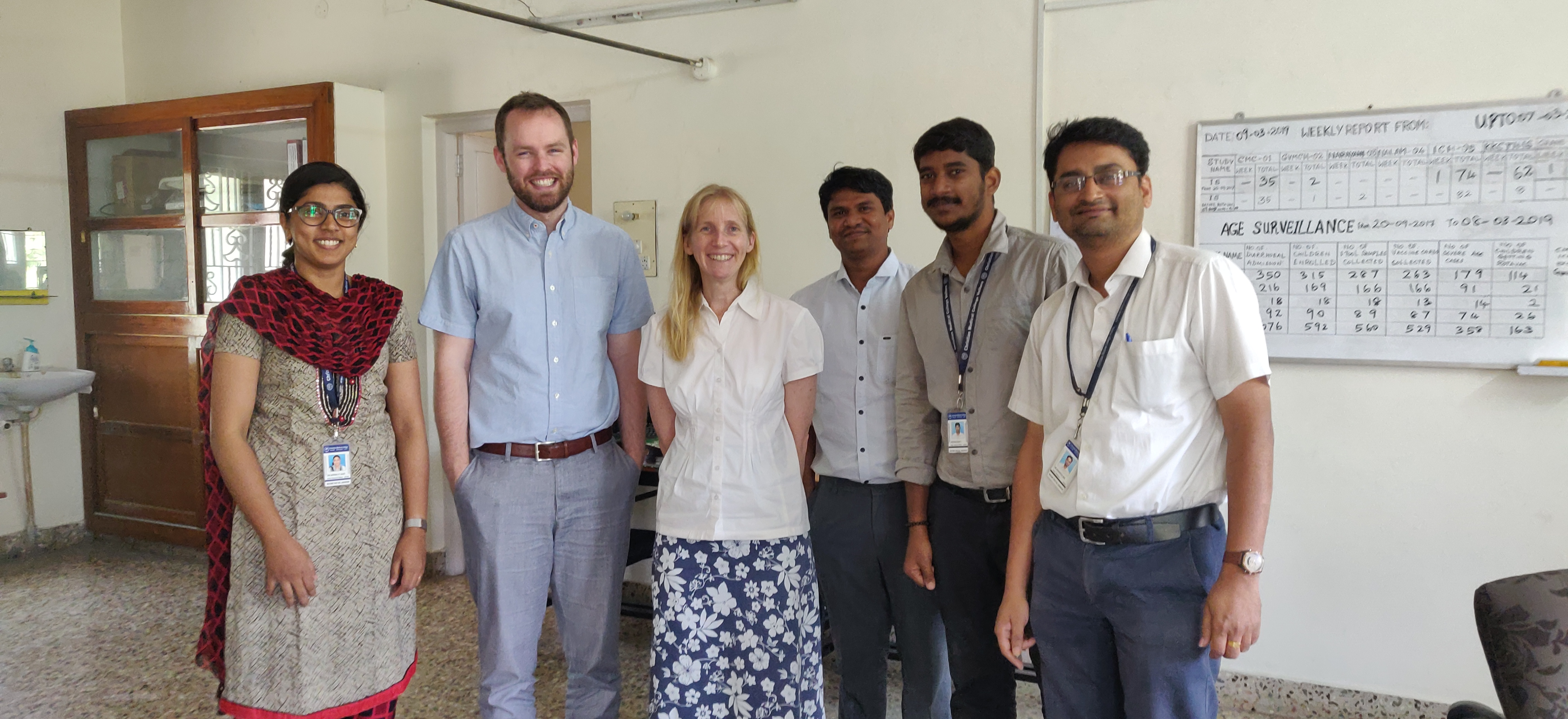Trends in the Laboratory Detection of Rotavirus Before and After Implementation of Routine Vaccination — United States, 2000-2018
- Prior to the introduction of the rotavirus vaccine in 2006, rotavirus infection was the leading cause of severe gastroenteritis among children in the United States. Since the introduction of the rotavirus vaccine, the burden of rotavirus disease has been dramatically reduced. Despite these large declines in rotavirus activity, however, a biennial seasonal pattern has emerged after vaccine introduction with alternating years of low and high rotavirus activity.
- While rotavirus vaccine has had a huge impact on preventing rotavirus disease in the United States, cases of rotavirus still occur. While we do not know the exact cause of the biennial seasonal pattern that has emerged after vaccine introduction, we do know that other countries with higher vaccination rates have not observed this pattern. If we are able to improve vaccine coverage and on-time vaccinations, we may be able to prevent additional rotavirus cases and the biennial seasonal pattern.
- To maximize the public health impact of rotavirus vaccination, efforts to improve vaccine coverage and on-time vaccination in the United States should continue.
“The rotavirus vaccine has greatly reduced the number of people who get rotavirus disease every year in the United States. Unfortunately, some children still do not receive the rotavirus vaccine. To prevent as many rotavirus disease cases as possible, we need to work on improving vaccine availability, vaccine coverage, and on-time vaccination.”
– Benjamin Hallowell, PhD, MPH, EIS Class of 2018
 [JPG - 2 MB]
[JPG - 2 MB]EIS officer Benjamin Hallowell, PhD, MPH, working on monitoring the impact and safety of the rotavirus vaccine in India. (L-R; Nayana Nair, Benjamin Hallowell, Jacqueline Tate, Samarasimha Reddy, Varun Kumar, Sidhartha Giri)
CDC Media Relations
(404) 639-3286
media@cdc.gov

Benjamin Hallowell, PhD, MPH,
EIS Class of 2018
CDC National Center for Immunization and Respiratory Diseases Division of Viral Diseases
Education: PhD: University of Georgia, 2017
MPH: University of Connecticut
BA: Messiah College, 2012
Work Experience: ORISE Research Fellow, Division of Cancer Prevention and Control, CDC, Atlanta, GA, 2017-Present
Technical Writer/Research Analyst, Biomass Controls, Putnam, Connecticut, 2015-2017;
Teaching Assistant, University of Georgia, Department of Epidemiology, Athens, Georgia, 2014-2017;
Research Assistant, University of Connecticut Health Center, Farmington, Connecticut, 2014-2015;
Research Analyst, ClearStak, Putnam, Connecticut, 2014-2015;
Research Assistant, University of Georgia, Department of Epidemiology, Athens, Georgia, 2015-2015;
Graduate Assistant – Holger Hansen Fellow, University of Connecticut Health Center, Farmington, Connecticut, 2013-2014;
Teaching Assistant, University of Connecticut Health Center, Farmington, Connecticut, 2013-2014